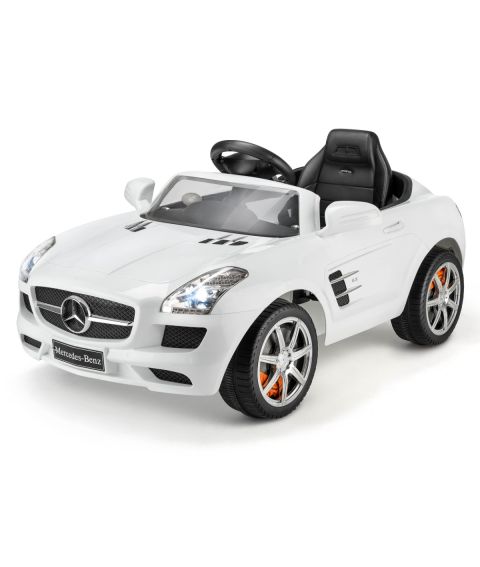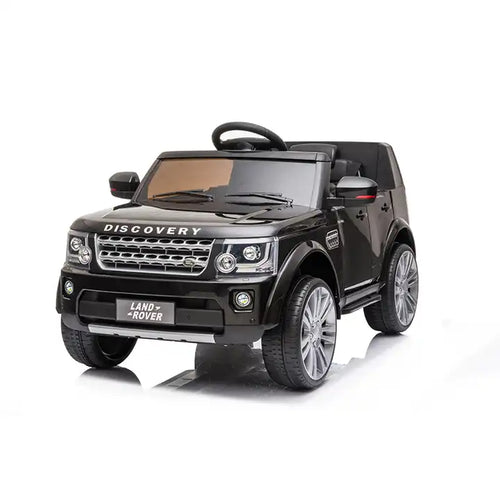Best Tips To Selecting Ride On Toys
Wiki Article
How Should You Choose A Ride On Car For A Toddler Or Older Child?
Consider the age of your child, their size and developmental stage when looking at ride-on cars for children. This is to make sure they are secure and will have fun. What factors should be considered when evaluating these elements - age
The ride-on vehicle should be specifically designed for the stage of your toddler. These cars are usually lower than the ground and with simple controls and features such as steering wheels or buttons. Select a ride-on vehicle with a wide base to ensure stability and a low risk of tipping over.
Children who are older than 3 years At the age of 3 children, they are able to handle ride-ons with more advanced functions and control. You should consider buying vehicles with seats that can be adjusted, bigger capacity weights, or even interactive features like sounds, music, or even working lights. Look into ride-on vehicles with adjustable speeds or parental controls to suit different skill levels.
Size
Height and weight Consider your child's height and weight into account when selecting a ride-on car. Select a vehicle with an appropriate height for the seat and weight capacity that can comfortably accommodate your child's weight. Avoid cars that are small or large that are unsafe or uncomfortable to drive.
Legroom and Comfort Be sure that the ride-on vehicle has ample legroom as well as space for your child to comfortably sit. Check the dimensions of the seating area to ensure it's suitable for your child's height and height.
Developmental Stage
Motor Skills: When choosing the ride-on vehicle for your child, take into account your child's coordination skills and their motor skills. While younger toddlers will need more control to operate the vehicle, older children are able to manage more complex controls and interactive features.
Independence and Confidence. Ride-on cars can help develop independence and confidence as kids learn to control and navigate the vehicle. Pick a ride-on vehicle that lets your child practice steering, acceleration, and braking with no assistance, building confidence over time.
Interest and Engagement: When selecting a ride-on for your child, you should consider their interests and preferences. Select a car that's themed, is colored, or has features that your child will enjoy regardless of whether it's a classic car. A sportscar, a truck, an animated character or other.
If you take into consideration the age, size and developmental stage, you can choose a ride-on car that is safe, comfortable, and engaging that will offer hours of entertainment and learning for your child as they explore and play. Take a look at the most popular electric kids cars for more recommendations including childrens digger, two seater electric cars, toy car toy car, toy with car, car for toy, kids electric cars, childrens electric cars, two seater electric cars, electric rideons, kids electric cars and more. .

What Is The Difference Between Indoor And Outdoor Versions Of Kids Cars Designed?
The models are designed with specific features and characteristics specifically tailored to the specific environment and the use situation, whether outdoors or indoors. The following are the key distinctions between these models: Indoor Use Cars
Weight and size Cars designed intended for indoor use tend be lighter and smaller, allowing them to move more easily in confined areas like living rooms, hallways or playrooms. They are compact enough to fit through narrow passageways and corners without causing damage to furniture or walls.
Low Ground Clearance Cars for indoor use have a low ground clearance to ensure they don't be snagged or stuck by obstacles such as rugs, thresholds, or carpets. This permits seamless, uninterrupted moving across indoor surfaces.
Smooth Wheels. The wheels used in indoor use cars are constructed from materials such as rubber or plastic to give them grip. They are made to reduce noise and stop scratching or scratching indoor surfaces.
Limited Speed - For indoor usage, cars typically are slower than usual in order to make sure that they can be safely operated and controlled within tight areas. This helps to avoid collisions and accidents with walls, furniture or other objects that are found in indoor spaces.
Outdoor Use Cars -
Durable construction - Outdoor cars are built using durable materials, such as metal or tough plastic, to withstand harsh handling and elements of nature such as the sun, humidity and temperature variations. They are resistant to damage from outdoor conditions.
The higher the clearance of the ground is, the better equipped to handle bumps and uneven terrain. This allows them the ability to maneuver over rough surfaces like dirt, grass, or gravel without getting stuck or causing damage.
Traction Tires-The tires on cars designed for outdoor use often have treads that give better traction or grip on uneven or slick surfaces. This gives you stability and control while driving in the outdoors, and prevents sliding or skidding.
Weather Resistance - Outdoor use cars may feature weather-resistant components such as sealed electronics, waterproof casings, or rust-resistant materials that protect against environmental and water damage. They are able to withstand rain, mud or puddles, while retaining their performance.
Outdoor-use vehicles have a higher speed limits to allow for huge spaces and distances. This can provide a more thrilling and exciting riding experience for children that are out in the open.
These design features and characteristics will assist parents in choosing the best car for their children to suit their usage requirements and the environment in which they live. Read the top rated read this about Mercedes kids car for website advice including ride on toy, toy and car, 2 seater electric cars, pedal car, childrens electric ride on, electric ride on, childrens ride on, toy and car, electric ride on, race car toy car and more. .

What Are The Different Kinds Of Remote Controlled Cars For Children? What Are The Benefits And Disadvantages?
Remote control children's cars are also referred to as RCs or remote controlled cars. They are available in a range of styles, price points and sizes to meet any budget and taste. Here's a listing of the various types of remote control kids' cars, including their dimensions, prices, and pros and con.
Electric RC Cars - Battery-powered remote-controlled vehicles that are suitable for indoor and outdoor use. There are many different types of RC cars available like trucks, buggies and sportscars.
Nitro RC Cars – Gas powered remote controlled vehicles that provide better performance, but require greater maintenance. They're larger and generally cost more than electric RC Cars.
Scale Models: Remotely controlled replicas including real vehicles, such as cars planes, trucks and boats. Scale models range from 1 -10 to 1-24, with larger scales offering more detail.
Sizes -
Remote controlled cars for children are available in different sizes. From tiny to full-size replicas, they come in all dimensions and shapes. Size can have an impact on the efficiency of a vehicle in terms of speed, as well as its handling capabilities.
Micro-sized vehicles, which are lightweight and small, are ideal for use indoors and by children who are younger. The larger cars have more power and durability and are perfect for off-road and racing in the outdoors. driving.
Prices
The prices of remote-controlled vehicles for children vary according to factors like dimensions, features, and brands.
The cost of small-sized electric RC vehicles may range from $20 to $100. However larger-scale electric or Nitro RC models are available between $100 and $500.
Scale models, high-end hobby RCs can cost anywhere from several hundred bucks to more than $1,000 based on the quality of the model and the performance.
Pros and Cons
Pros -
Remote Control Cars for Children - These vehicles are fantastic for entertainment. They can be used by adults and children alike.
Skills Development. The operation of a RC vehicle lets children develop hand-eye coordination spatial awareness, problem-solving and spatial capabilities.
Social Interaction: RC vehicles can be great for social interaction with family and friends.
Customization - Many RC vehicles can be upgraded with modifications and accessories that can improve their performance and appearance.
Cons -
Costs - Top-quality cars with advanced features, such as hobby grade automobiles, can be very expensive.
Children might find it difficult to control the RC cars for the first time.
Maintenance Regular maintenance is essential for RC vehicles, such as cleaning, lubrication and repairs.
Safety Concerns – RC safety of cars can be impacted through electrical hazards, collisions, and other dangers if the cars are not operated with care and supervision by an adult.
The most effective remote control for kids vehicles are ones that provide a stimulating and educational experience for children of all ages. When selecting the ideal one for your child, it is important to take into consideration a variety of factors, such as dimensions, features for price, and safety. Hobby-grade RC cars are better for children who are older and more enthusiastic, while simpler cars are more suitable for young and beginner children. View the top rated electric kids cars kidscars.co.uk tips for site tips including pedal car, childs ride on car, 2 seater electric cars, electric car ride, electric ride on, race car toy car, two seater childrens electric cars, toy ride, electric two seater cars, toy toy cars and more. .
